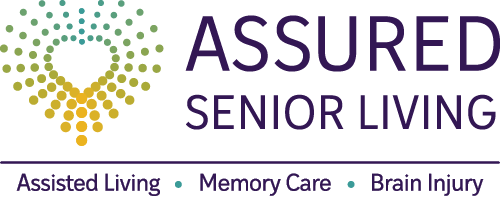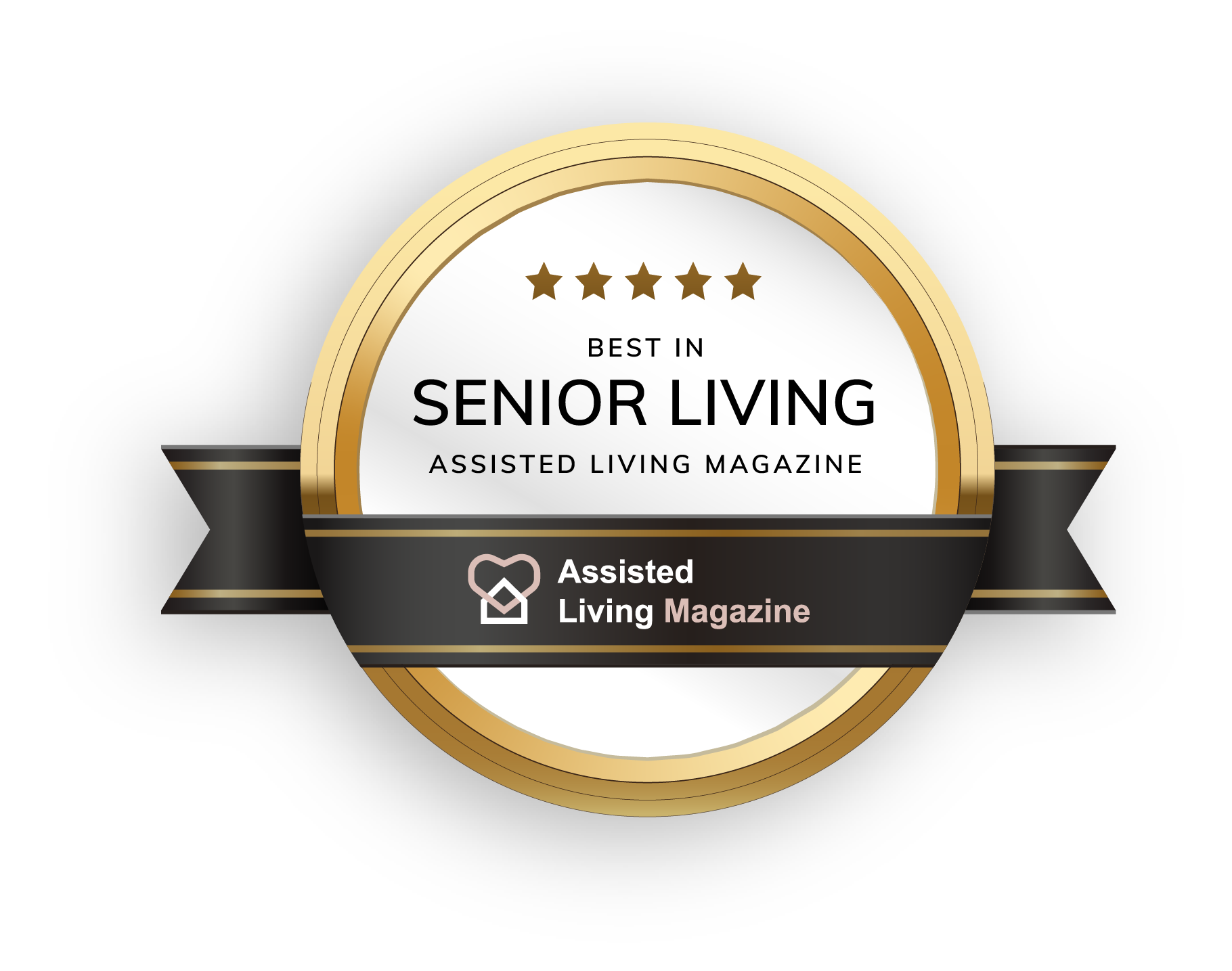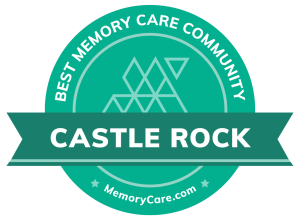BLOG
Essential Advice for Moving into Assisted Living with Your Pet
Essential Advice for Moving into Assisted Living with Your Pet
If you are a proud pet parent, you’re probably well aware that pets bring loads of mental and physical benefits to our lives. For seniors, pets can play an important role in staving off loneliness, encouraging exercise, and giving life a greater sense of meaning. But when it comes time to move into assisted living, bringing your furry companion along can present a few challenges.
Searching for Pet-Friendly Facilities
Finding a pet-friendly assisted living community can be hard enough as it is. Some assisted living facilities restrict the type or size of pets allowed while others do not allow pets at all. Concerns about resident safety and pet care responsibilities can make some facilities hesitant to accept pets.
Fortunately, there are many assisted living communities across the country that do welcome pets! The trick is tracking them down. Start your search online to find communities that suit your needs, paying special attention to features and amenities that you would use and enjoy. For example, U.S. News explains that larger assisted living communities are more likely to provide fun amenities like swimming pools and movie theaters. As you explore different assisted living options, ask about each facility’s pet policies.
Pet Policies and Requirements
Most pet-friendly facilities will have rules about allowing pets. For example, you may be required to provide proof of your pet’s vaccinations and show that your animal is house-trained before moving in. Be sure to ask about any noise and behavior rules that your pet will have to follow. Assisted living communities don’t want pets disturbing other residents with noise or aggressive behavior. Remember to also inquire about pet fees or deposits that are required for residents bringing animals into the building.
Evaluating Your Accommodations
When you find an assisted living community that allows pets, make sure the facility is actually designed to accommodate pets. Be sure to ask about the size of the rooms, the outdoor facilities where your pet can relieve himself, and places where you can walk your pet safely. While walking your dog is great for your health, Smithsonian Magazine warns seniors to be cautious about fall hazards when exercising outdoors. Ensure the premises are well lit and properly maintained so you can take your pup outside to do his business at night without tripping or slipping.
Caring for Your Pet in Assisted Living
Remember to consider your pet’s care needs as you search for a new place to call home. If your animal is approaching its senior years, you may need to make special accommodations to ensure his health and comfort. If you have a younger dog, consider his energy levels and need for exercise. Remember, someone will have to purchase pet food, walk your pet, and take it for regular veterinarian checkups. Depending on your abilities, you may have to get a friend or family member to help you with these care tasks. Some facilities may even offer pet care services on-site!
It’s also important to plan what will happen with your pet if you become sick or injured and can no longer care for him. Who will be able to take on the care role in this situation? Likewise, what will happen with your pet if you pass away? Thinking about these things can be tough, but it’s important to plan for the unexpected to ensure your pet will get the care he needs and deserves.
Selling Your Current Home
Once you have found your new home, you’ll need to sell your current one. While your pet may have made your life easier in your current home, its fur, dander, and odor may make it more difficult to sell your property at top value. While everyone must deep clean and declutter as part of the process of preparing your home for sale, pet owners are faced with the challenge of removing all traces of your pet.
Since you will be moving into a community with much of what you need already in place, one of the easiest solutions is to remove items that are stained or smell of your pets, like upholstered furniture and rugs. One investment you may want to make, however, is an air purifier. In addition to minimizing pet odor at home, it can do the same in your new home. Just check to be sure the community you choose will allow it.
Moving into assisted living can be tough. It’s normal to experience an emotional adjustment period after your big move. Fortunately, bringing your furry friend along can ease the transition and help you feel at home more quickly. Take the time to find a suitable facility that will allow you and your pet to live safely and comfortably together!














